One of the handiest pieces of garden equipment I own is my cloche hoops. They’re invaluable equipment in a vege garden.
They hold bird net, frost cloth, insect netting and other agricultural cloths up above your plants. They help keep pests off, and protect your plants from adverse weather.
But they’re not widely available in garden stores. You might see them in photos of people’s garden – but how did they get them? That’s a question I’ve been asked a few times, especially when people see my really big hoops.
I’ll get to them soon, but I actually have three cloche hoop systems in my garden, and today I thought I’d walk through them.
The Warehouse cloche hoops
Probably the most widely available and affordable option is the 4 pack of hoops available from The Warehouse for $17.

After 12 months of use, you’ll notice they’re losing their shape. And after a couple of years, they’ll start to rust. Ours are at four years now and just starting to become unusable. If you’re OK with that, they’re a good starter option for small gardens or new gardeners.
At the moment I’m using them in a small patch of my garden in an attempt to protect seeds from birds.
Make-your-own cloche hoops
The former owners of this property left behind their own cloche system when they moved out. It’s incredibly clever, so I wanted to share this method as well.

You’ll need to track down a couple of slightly-unusual components for this one. First up is some 12mm steel reinforcing bar, cut to 25cm lengths.
You can buy the bar at building supply stores, and you’re looking at about $20 for 6m (enough to make 12 hoops). You can cut it to length with a hacksaw.

Next, you need some 15mm alkathene pipe. Try farming supply stores for this one, though building and hardware stores may have it as well. You’ll get 50m of it for about $60.
The amount of pipe you cut for each hoop is entirely dependent on how high you want it, and how wide your garden is. You can customise it for your own set up.
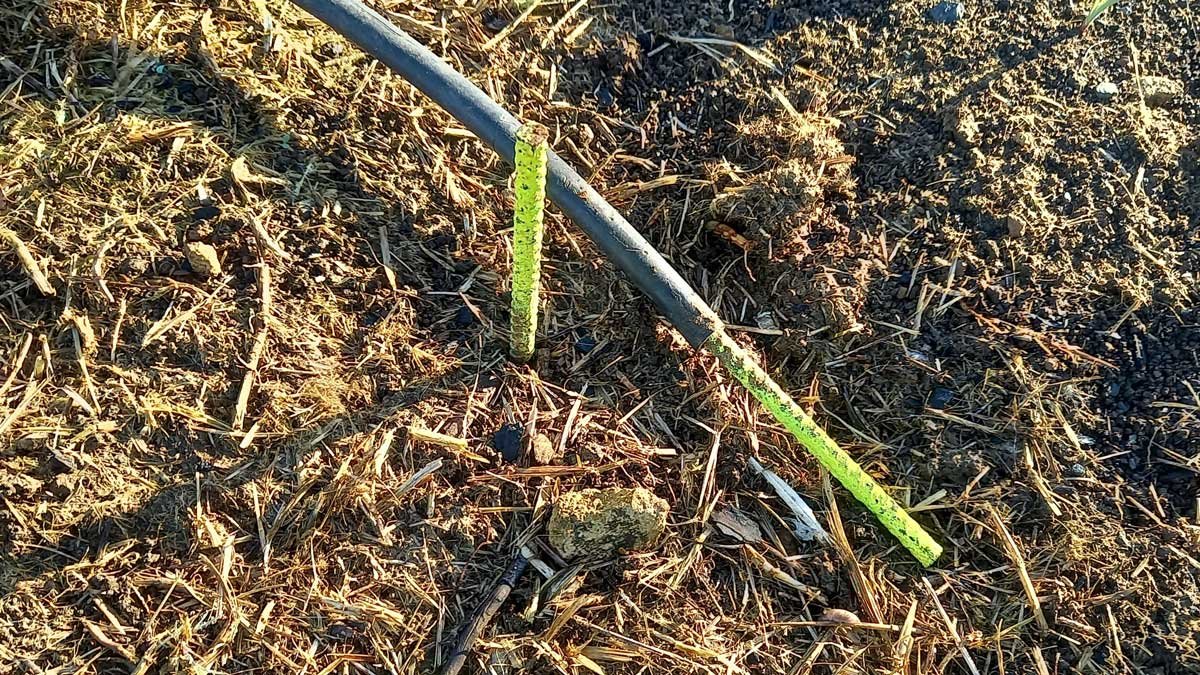
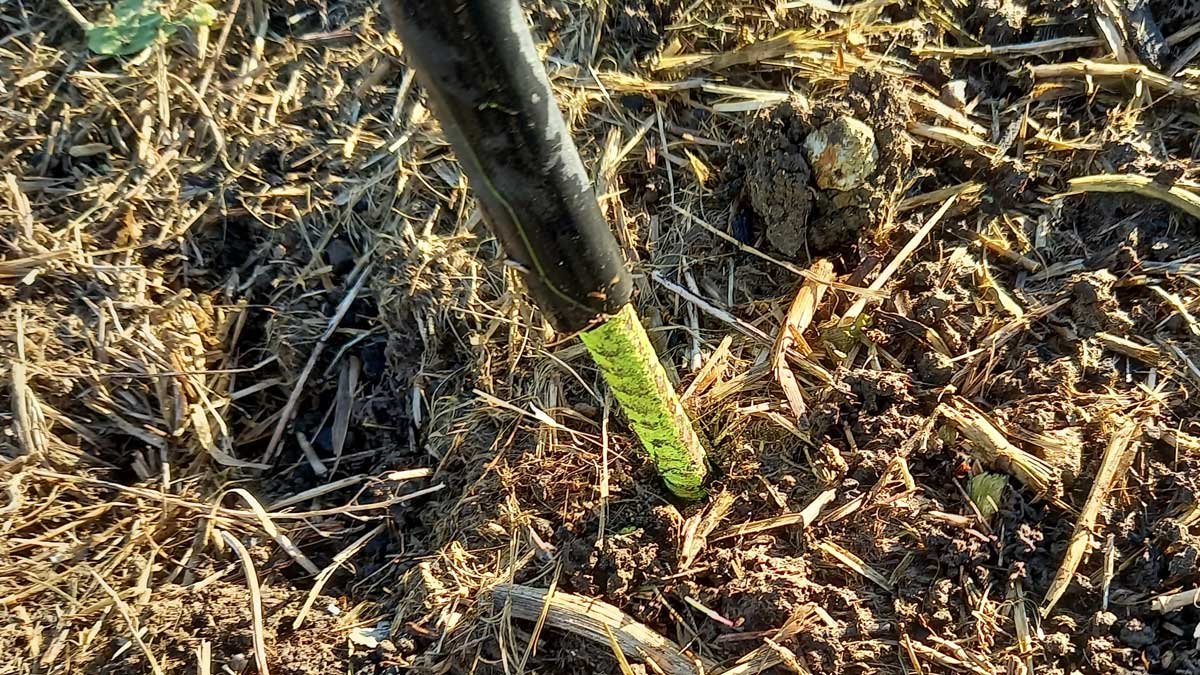
Push the steel bar into the pipe, and fix it into the soil at both ends. You now have hoops to drape your cloth over. Secure it with some steel landscaping pins in the soil.
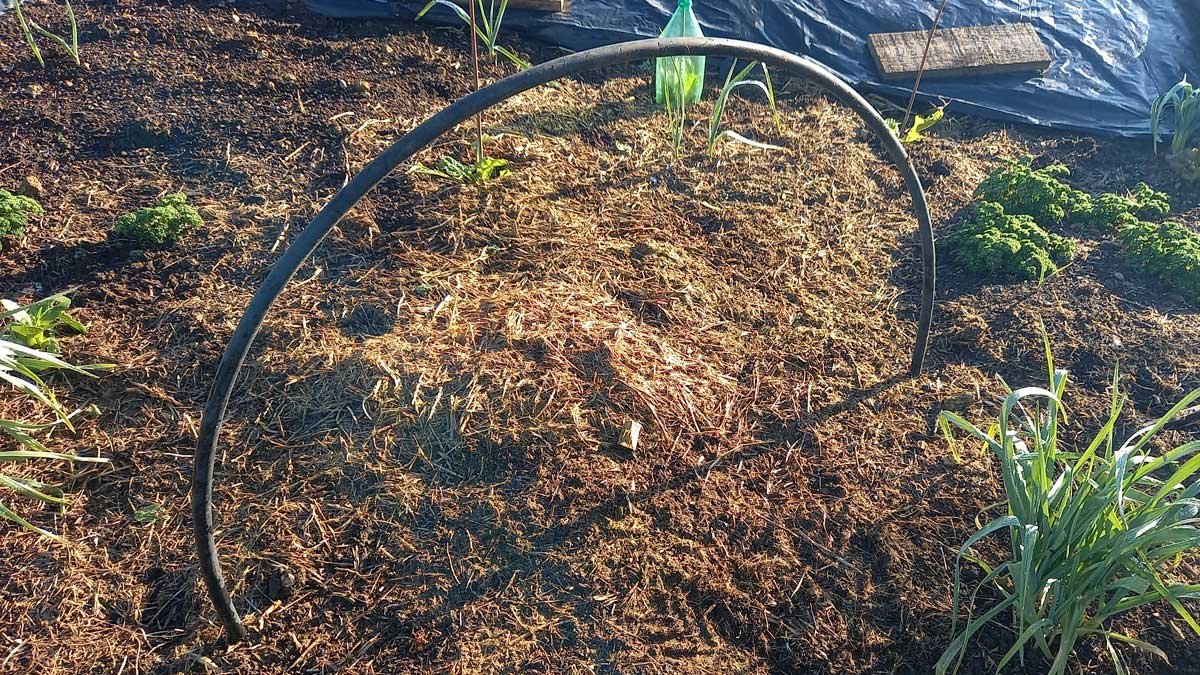
I don’t use this set up very often as our pipes are cut a bit smaller than I’d like, but this year I’m trying it as a support trellis for peas with some chicken wire attached with zip-ties.
It might take a bit of work to track down your parts, but this system is very flexible, reasonably affordable, and should last many years.
Redpath cloche hoops
My garden beds are specifically designed to fit my aluminum cloche hoops (shown at the top of the page). They’re huge – a bit of an awkward size, in fact. They would be too large for most people’s garden. But mine is built for them.
I inherited them from my grandfather, through my mother. Popa most likely picked them up at an auction or estate sale. He was great for coming home with random stuff from those places and he loved a bargain.
After mum died, I had all of her stuff moved to my place in Waipu. Amongst the treasures were 12 aluminum cloche hoops.

Each hoop has two pieces – a grooved bar of aluminum, and a wire hoop that slots into the groove. The wire hoop holds the piece of netting or cloth in place and connects to a hole in the base of the cloche hoop.
These are commercial growing hoops, and the nearest I’ve found is available at Redpath in a number of sizes.
They are the pricier option, but they’re also very helpful, quite easy, and they have literally been passed through generations in our family. Aluminum doesn’t rust, so as long as we look after them, we should be passing them along to someone else when our time with them is done.
Summer is coming – choose your fabric
Summer means bugs, and lots of sun. Often it also means not-enough rain. While the next couple of months might include frosts, and hail. All of these things can be negated by a cloche hoop combined with the right landscaping fabric.
Frost cloth will prevent frost from settling on your plants. BugNet will prevent caterpillars, beetles, thrips, aphids, and other nasties from reaching your plants. Mikroclima is incredible in hot and dry conditions for reducing evaporation and maintaining an ideal microclimate for tasty, fresh greens. PVC or clear plastic film will act as a glasshouse, warming your plants, and retaining heat in cooler temperatures. All of the above will provide some physical protection from hail. And, of course, bird net is designed to prevent birds getting your harvests before you do.
Landscaping fabrics can be purchased in pre-cut sheets; by the roll; or in lengths cut-to-measure. Your local hardware or garden store should be able to help you. I think it’s worth having all of the above options (even in the “Winterless North”, I have frost cloth over my potatoes right now). Your garden will need different clothes depending on the season. Being able to use them when you need to will help protect and grow a bumper harvest.
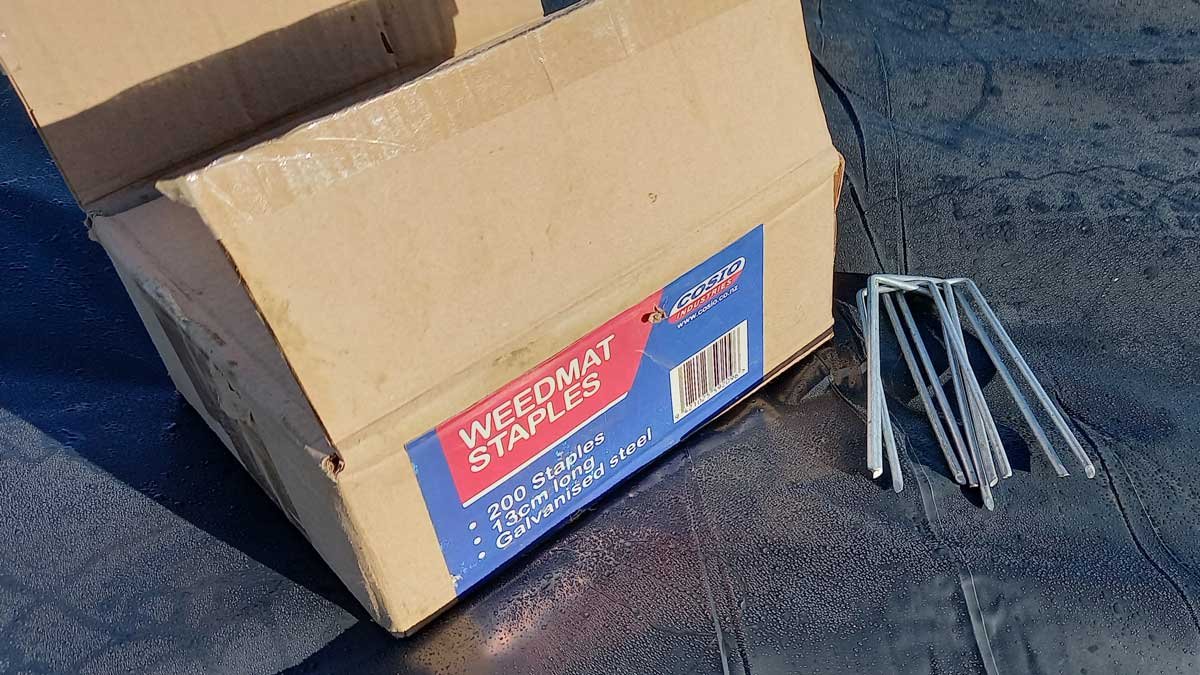
Finally, a box of steel weedmat staples will be worth every cent for anchoring your fabrics down. They’re like long metal staples that secure the fabric to the soil. They’re reusable and fairly easy to straighten if they get a little beat-up.
What to look for
There are other cloche systems available for purchase. What I’d recommend looking for is:
versatility of fabric – choose a system where you can easily change from plastic film to bird net to frost cloth. Some systems have the fabric attached to the hoop – you’ll have to buy several different sets, rather than just swapping out fabrics (or replacing just the fabric when it’s damaged).
sturdiness – to stand up to winds and adverse weather events, the hoops need to be pretty sturdy. A flimsy wire might do a season or two, but it’s not going to last or be that easy to maneuver.
weather-proof – if you’re spending good money on your new cloche system, make sure it’s made from corrosion-resistant materials like UV-stabilised plastics, aluminum, or stainless steel.
Ideally, you won’t need to buy another set for the rest of your gardening days. This is a part of your gardening kit that can be reused for many, many seasons. Choosing wisely will allow you to protect your harvests through snow, hail, drought, and plague.

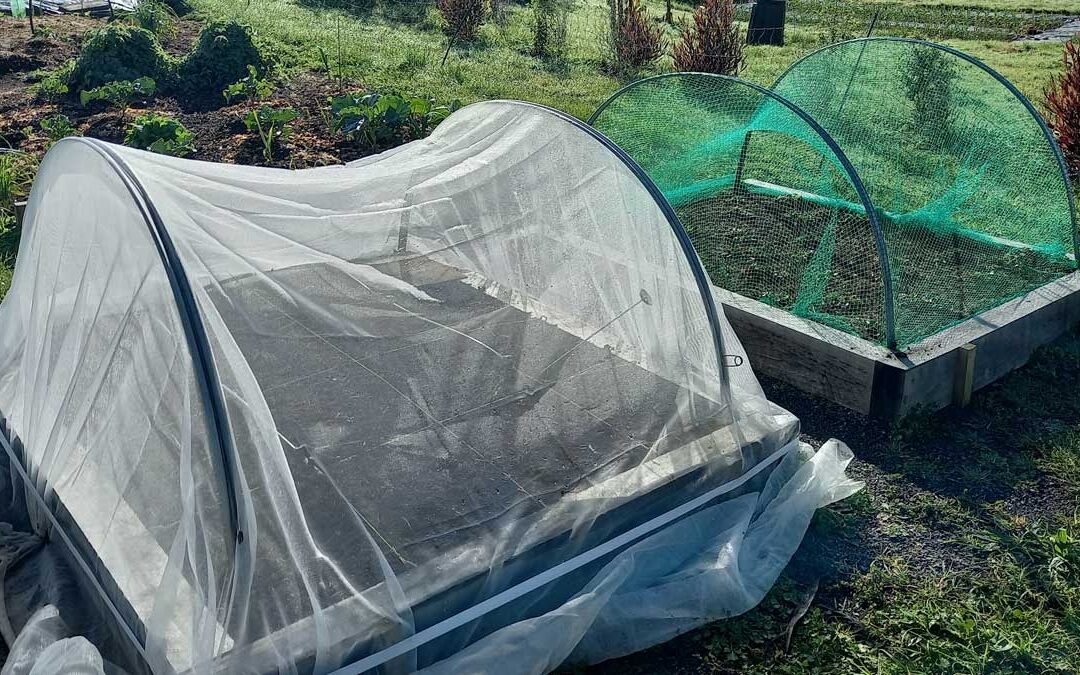

You’re a star, thanks so much for sharing.